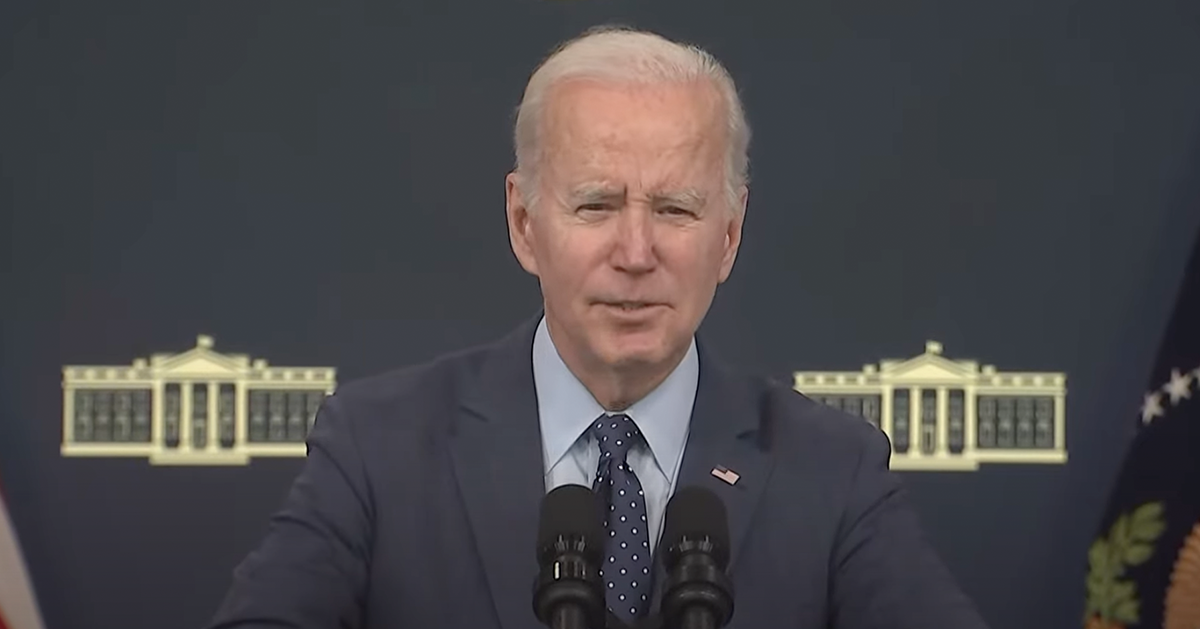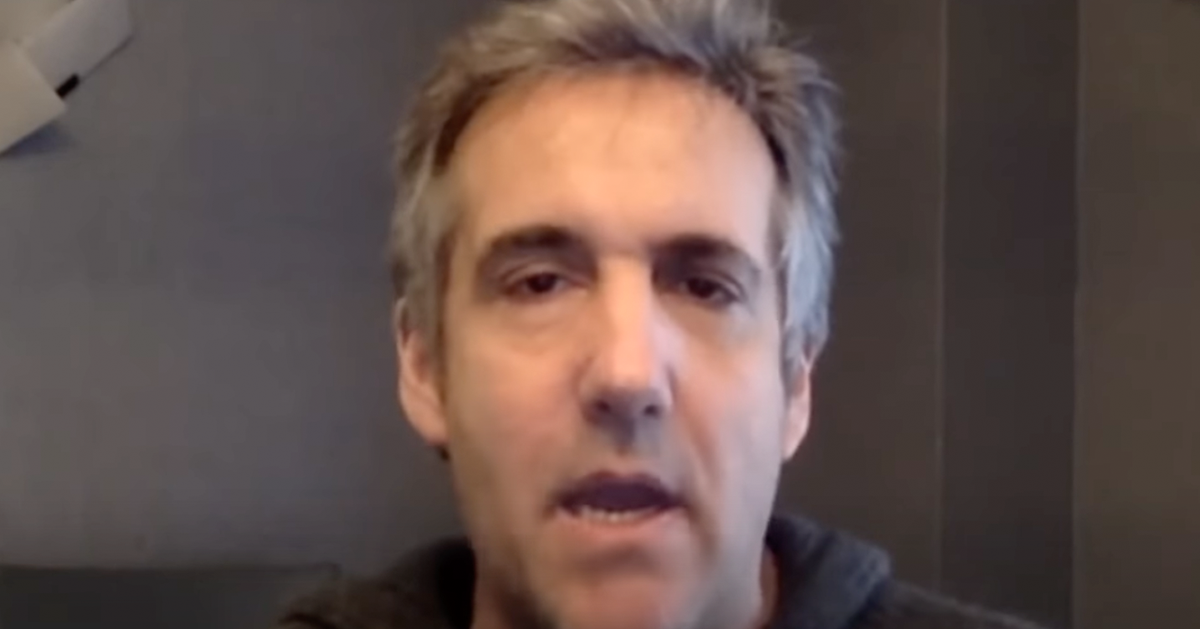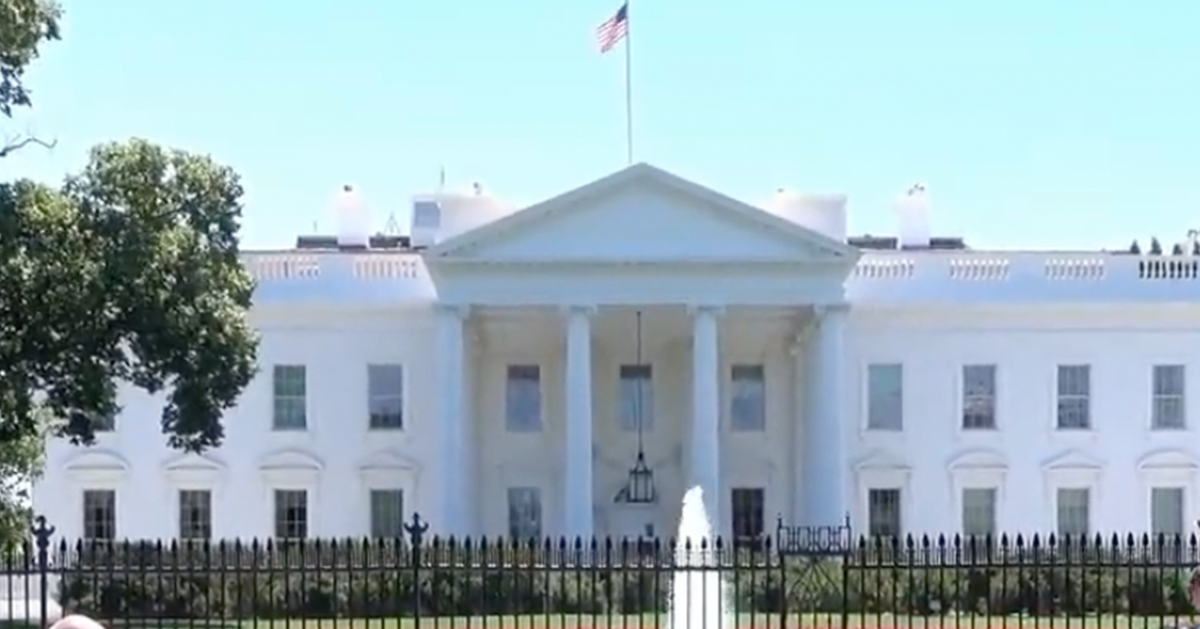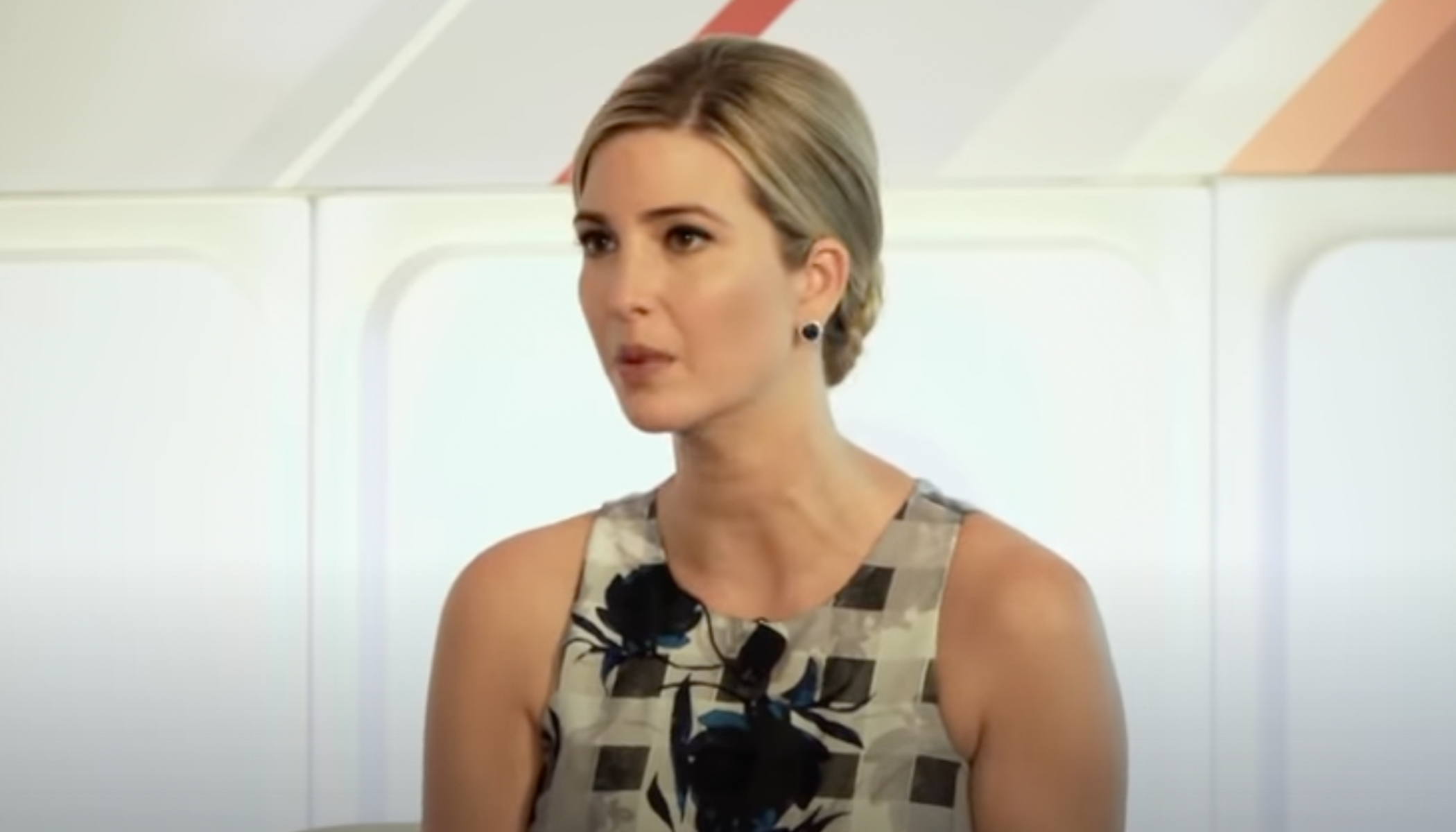Antony Blinken Embarks on Strategic Farewell Tour of Asia
Secretary of State Antony Blinken has just departed on a six-country tour of Asia, navigating a tense geopolitical landscape and internal political challenges in the U.S.
Blinken's tour aims to reinforce U.S. alliances in Asia despite Chinese criticism and skepticism about the effectiveness of the current White House, as Breitbart reports.
Commencement of Blinken's Asian Tour
Blinken's journey begins on Thursday, taking him to Laos, Vietnam, Japan, Singapore, the Philippines, and Mongolia. This marks his eighteenth trip to Asia as Secretary of State. The tour will include meetings with officials from the Association of Southeast Asian Nations (ASEAN), emphasizing the U.S.'s commitment to regional partnerships.
In Japan and the Philippines, Blinken will be joined by Secretary of Defense Lloyd Austin for “2+2” security talks, underscoring the strategic importance of these relationships.
Chinese Criticism and Interpretations
China’s state-run newspaper, the Global Times, labeled the tour as a “farewell trip,” insinuating that the Biden administration is in its “garbage time.” This term, borrowed from basketball, implies a period when a team cannot possibly win.
Chinese experts have downplayed the significance of the trip. Li Haidong, a professor at the China Foreign Affairs University, highlighted internal U.S. political divisions that could affect foreign policy stability.
Lü Xiang, a research fellow at the Chinese Academy of Social Sciences, criticized Blinken as representative of the U.S.’s “two-faced diplomacy.” He expressed doubts about the trustworthiness of the Biden administration among European and Asian leaders.
Focus on Strengthening Alliances
Despite the criticism, the U.S. aims to fortify its alliances in Asia. Daniel Kritenbrink, Assistant Secretary of State for East Asian and Pacific Affairs, emphasized the goal of building “an interlocking network of relationships” to advance shared regional interests.
Mira Rapp-Hooper, National Security Council East Asia Director, outlined the broader objective of creating a new regional architecture to address challenges from China, North Korea, and other threats.
The trip will also feature discussions on expanding cooperation in Japan’s Southwest Islands, close to Taiwan, highlighting the strategic military considerations at play.
Controversies and Diplomatic Sensitivities
Vietnam may take issue with Blinken missing the funeral for Communist Party Chief Nguyen Phu Trong, as high-ranking official Wang Huning will attend as China’s representative.
This diplomatic nuance underscores the delicate balance Blinken must maintain during his tour, as the U.S. seeks to reaffirm its presence without alienating key partners.
China has been censoring online articles and social media posts referencing the term “garbage time,” indicating a sensitivity to perceptions of U.S. diplomatic efforts.
Building Regional Partnerships
Matthew Miller, State Department spokesman, reiterated the comprehensive nature of Blinken’s trip, listing the countries on the itinerary and the significant diplomatic engagements planned.
Kritenbrink emphasized that Blinken’s visit to ASEAN officials is a demonstration of America's commitment to the institution and regional partnerships.
This visit aims to solidify the American role in the Indo-Pacific region, addressing both traditional security concerns and emerging challenges like climate change.
Future Implications for U.S. Foreign Policy
As Blinken navigates these complex diplomatic waters, the outcomes of his trip could influence perceptions of U.S. foreign policy stability amid internal political uncertainties.
The trip is seen as part of a broader strategy to reinforce U.S. alliances ahead of the 2024 presidential election, with implications for future diplomatic initiatives in Asia.
Blinken’s efforts to build robust networks across Asia are crucial for addressing various regional challenges and maintaining a balance of power.
The geopolitical landscape in Asia remains intricate, with China's influence and actions playing a significant role in shaping U.S. diplomatic strategies.






